Hussein Chalayan’s new Istanbul exhibition: disembodiment meets postcolonialism
Hussein Chalayan explores identity and the postcolonial body in a new exhibition, ‘Souffleur’, taking place at Istanbul’s Sakıp Sabancı Museum
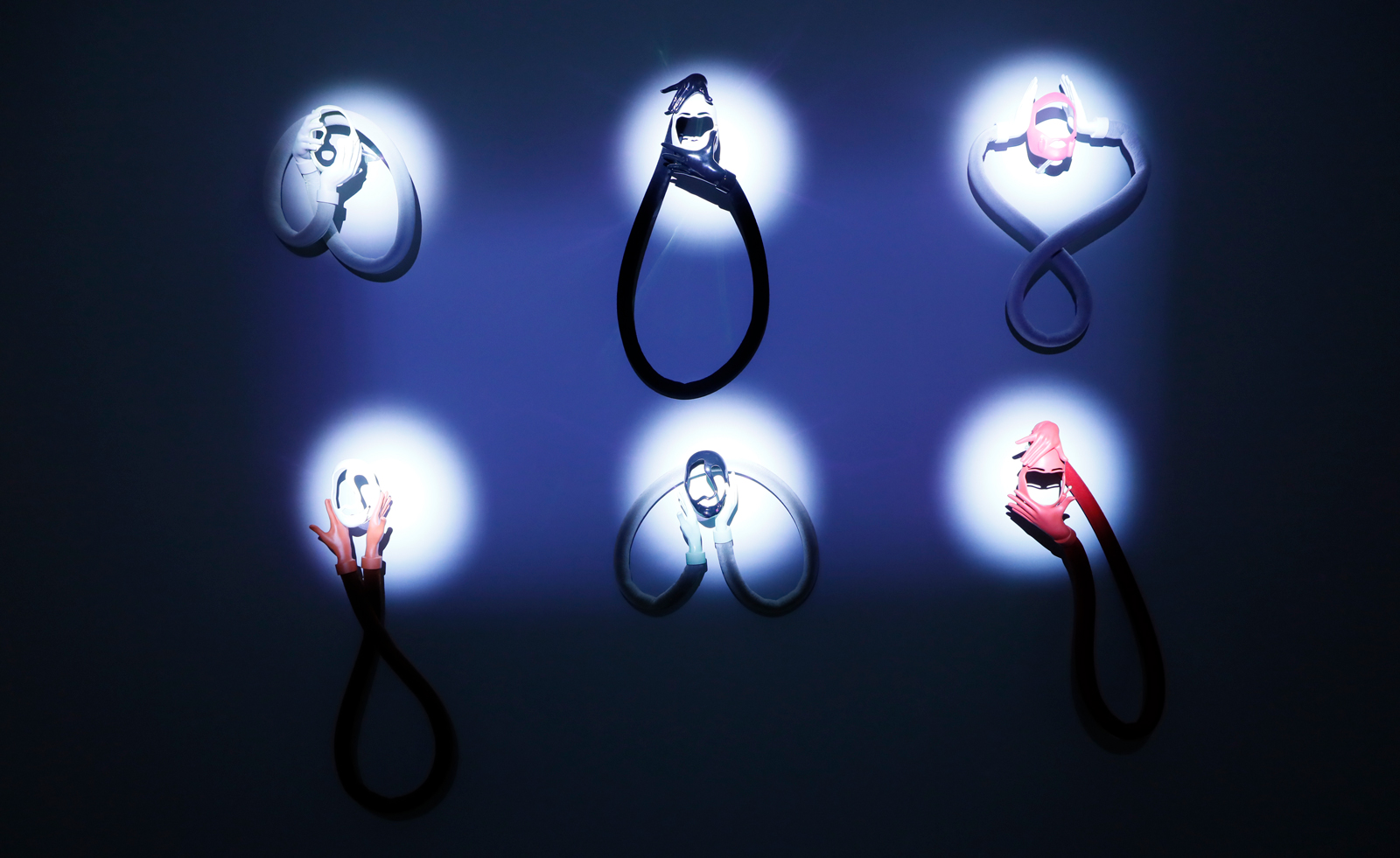
‘Disembodiment and migration are all themes I'm always concerned with,’ says Hussein Chalayan, who submits them to an anthropological dissection in a new exhibition, ‘Souffleur’.
Now on view at Istanbul’s Sakıp Sabancı Museum and coinciding with the 17th Istanbul Biennial, the exhibition is composed of three series and a video installation that considers both identity and the changing role of the body in the digital sphere.
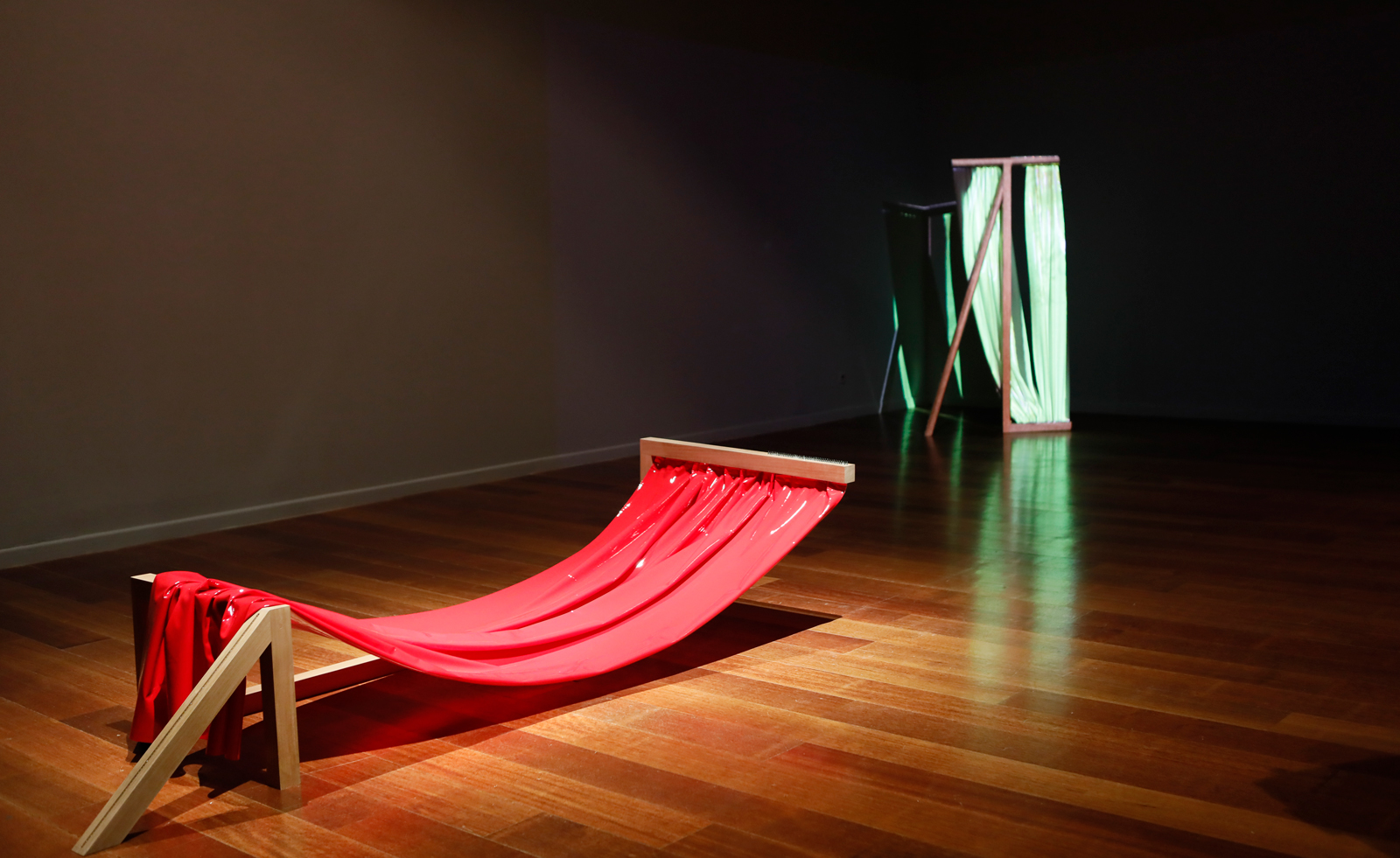
Post-Colonial Body.
‘For me, all the parts are connected – that’s why I call them prompters,’ says Chalayan of the objects in the installations. ‘I felt they were filling gaps in these subject matters; it’s a way of looking at these subjects, as reactions to some of these issues. But they’re also proposals [for] how you can look at it, so the whole thing becomes in some way an anthropological reaction.’
In Chalayan’s world, nothing is as it seems. In the first series, Pre-tension, the duplicity of popular culture is imbued with a sinister tangibility, bringing a clownish contortion to the traditional form of a mask. In Fake Celebrations, sculptures and garments become interchangeable, bodies frozen in movement, in a reflection of the synonymous relationship between Chalayan’s own career in art and fashion.
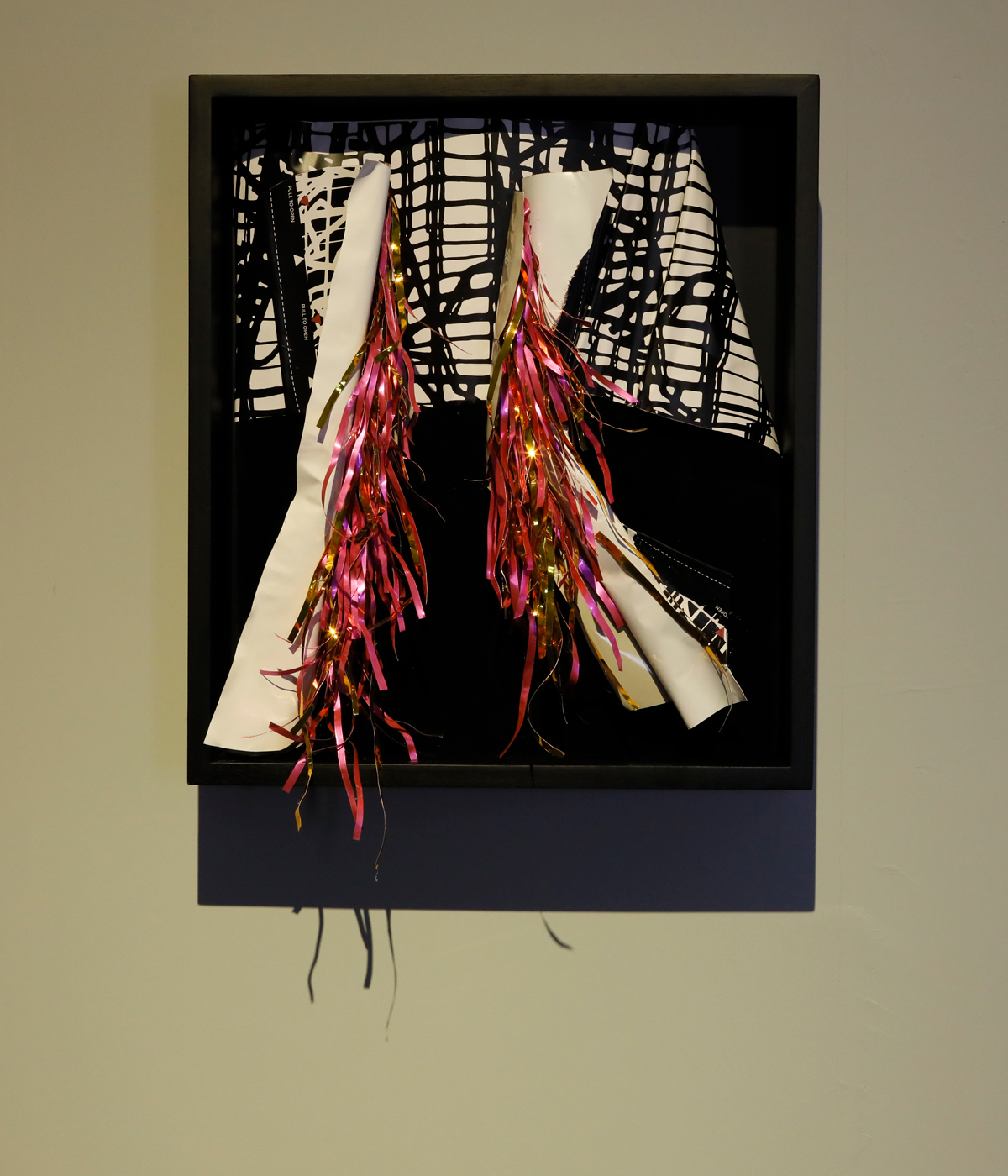
Fake Celebrations.
It is a transposability carried through to Post-Colonial Body, where furniture takes on anthropomorphic qualities; drapes of material becoming body parts dangling out of a day bed, investing furniture with a sense of movement. ‘The postcolonial representation of the body is merged with fetish elements,’ Chalayan adds of the shiny material that forms the base of the pieces. ‘It’s about that submission, and I quite like the connection.’
The film Gravity Fatigue, designed and directed by Chalayan, encompasses this intersection between the garments and their surrounding space. ‘It took me three years to develop, it was very intense,’ he says. ‘The idea of digital isolation, and the postcolonial project which I have been working on for three years now, are themes I also use in my fashion work. They're very current concerns for me, both because of the digital world we’re living in and how we’ve become digital beings in a way. On one side I think there's a postcolonial backlash, and I wanted to look at how it could affect the demeanour of the body. I’ve been working with these themes for a couple of years, but this is a new medium for me in a way.’
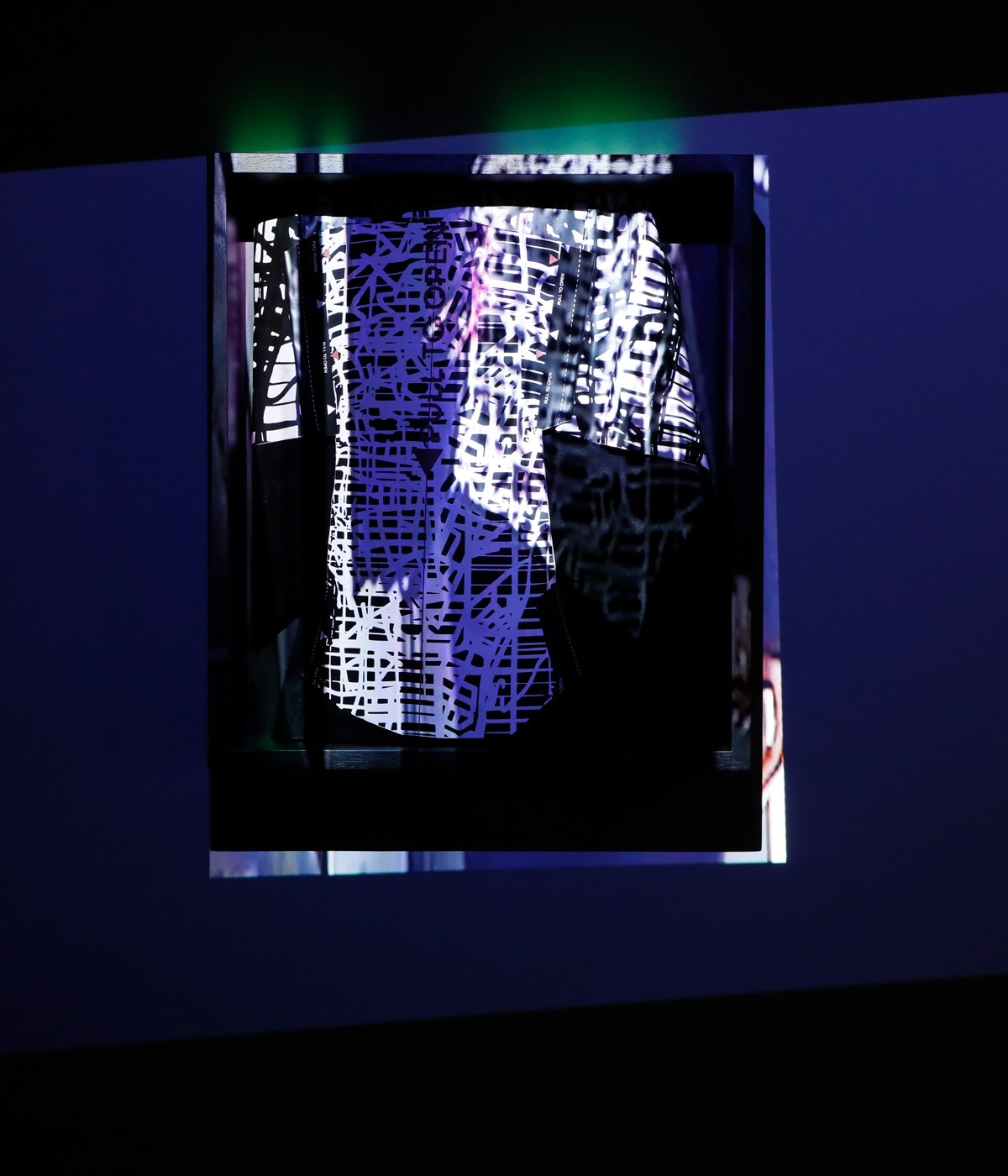
Fake Celebrations.
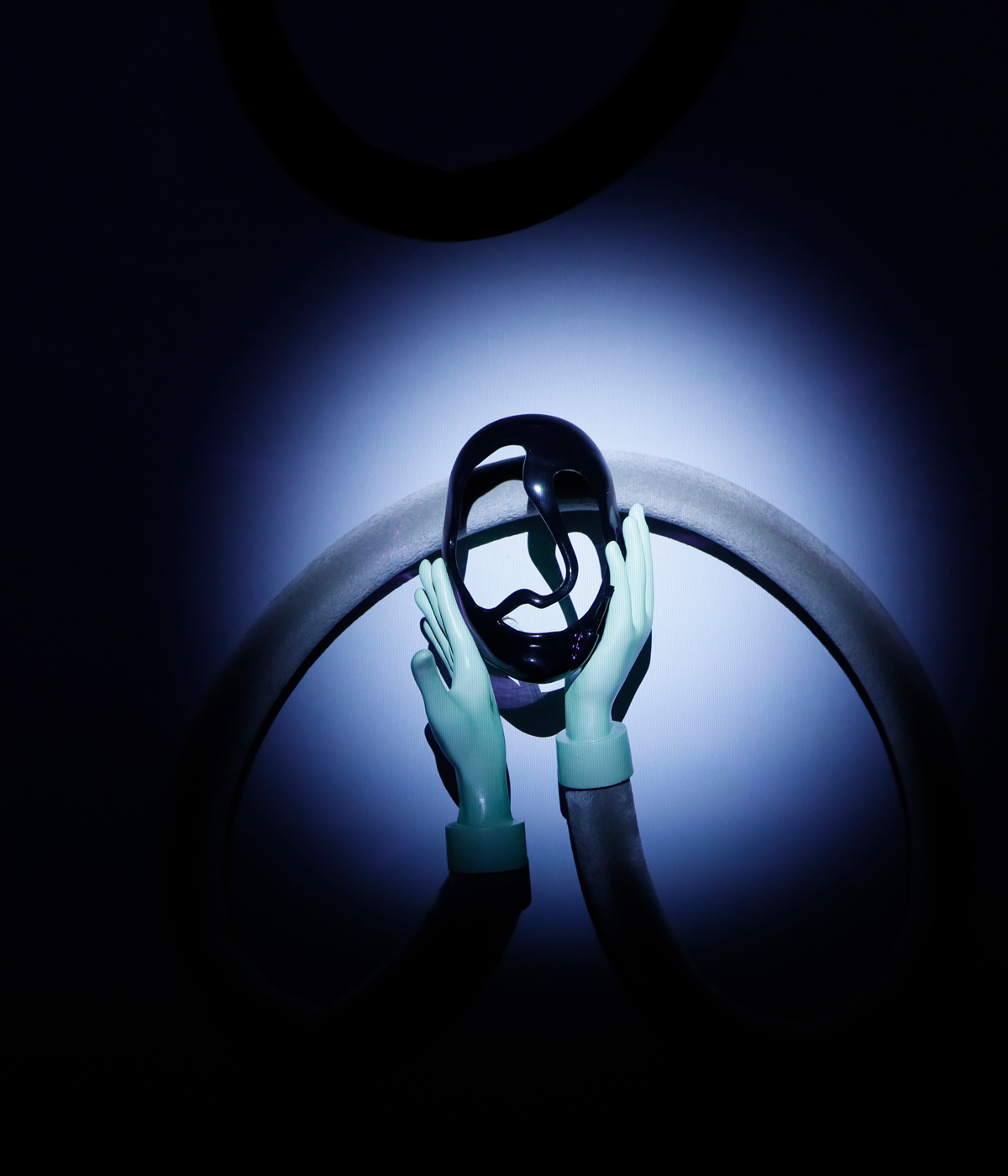
Pre-tension.
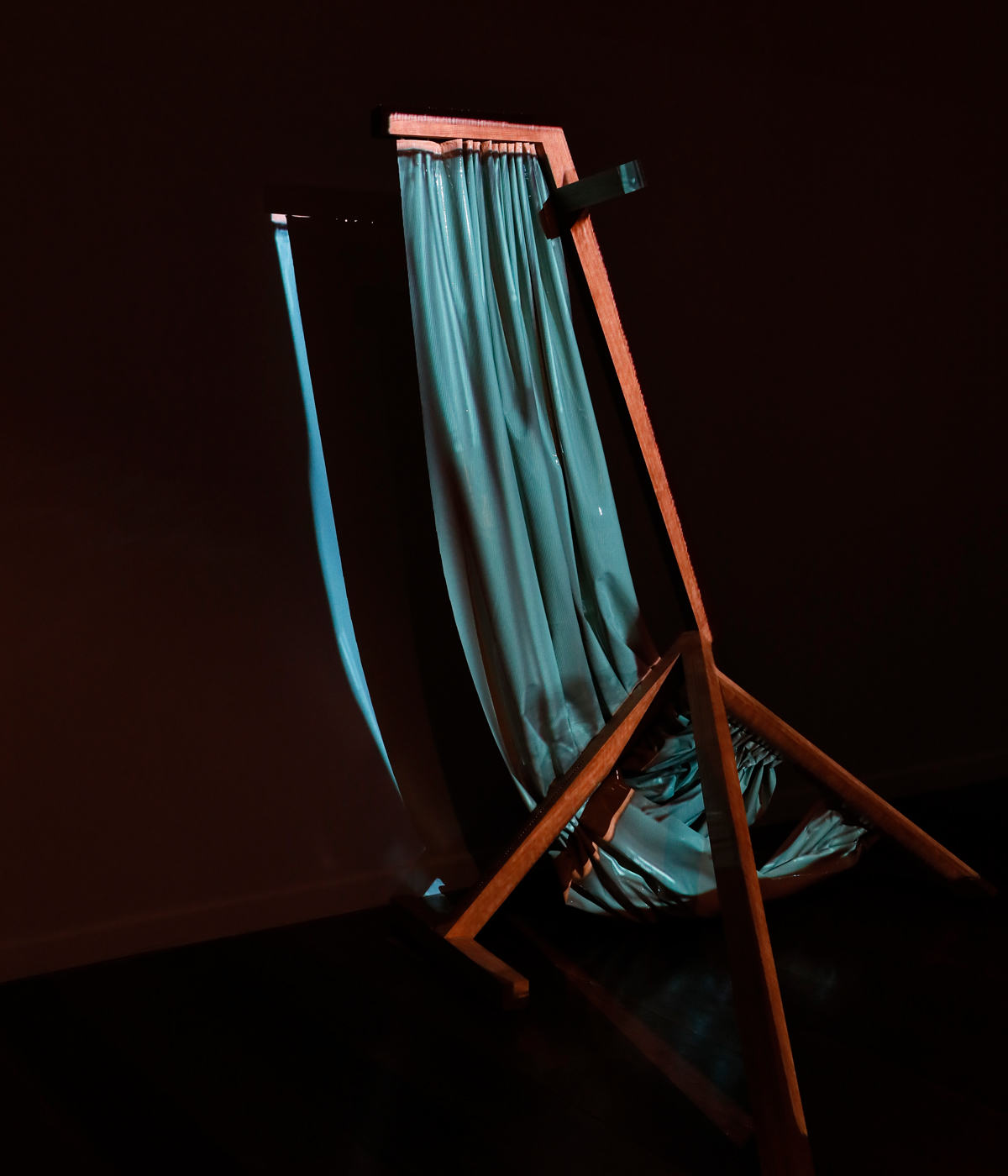
Post-colonial body.
INFORMATION
Wallpaper* Newsletter
Receive our daily digest of inspiration, escapism and design stories from around the world direct to your inbox.
'Souffleur', a collaboration between the Sakıp Sabancı Museum and Pilevneli, will be on view at the Sakıp Sabancı Museum until 8 January 2023
Hannah Silver is the Art, Culture, Watches & Jewellery Editor of Wallpaper*. Since joining in 2019, she has overseen offbeat design trends and in-depth profiles, and written extensively across the worlds of culture and luxury. She enjoys meeting artists and designers, viewing exhibitions and conducting interviews on her frequent travels.
-
 A Xingfa cement factory’s reimagining breathes new life into an abandoned industrial site
A Xingfa cement factory’s reimagining breathes new life into an abandoned industrial siteWe tour the Xingfa cement factory in China, where a redesign by landscape specialist SWA Group completely transforms an old industrial site into a lush park
By Daven Wu
-
 Put these emerging artists on your radar
Put these emerging artists on your radarThis crop of six new talents is poised to shake up the art world. Get to know them now
By Tianna Williams
-
 Dining at Pyrá feels like a Mediterranean kiss on both cheeks
Dining at Pyrá feels like a Mediterranean kiss on both cheeksDesigned by House of Dré, this Lonsdale Road addition dishes up an enticing fusion of Greek and Spanish cooking
By Sofia de la Cruz
-
 17th Istanbul Biennial review: truth to power and food for thought
17th Istanbul Biennial review: truth to power and food for thoughtThe 17th Istanbul Biennial sees more than 500 contributors tackle the economic, political, social and ecological issues consuming our planet, from artistic censorship to urbanisation, fractured political systems to shrinking civic spaces
By Lucy Scovell
-
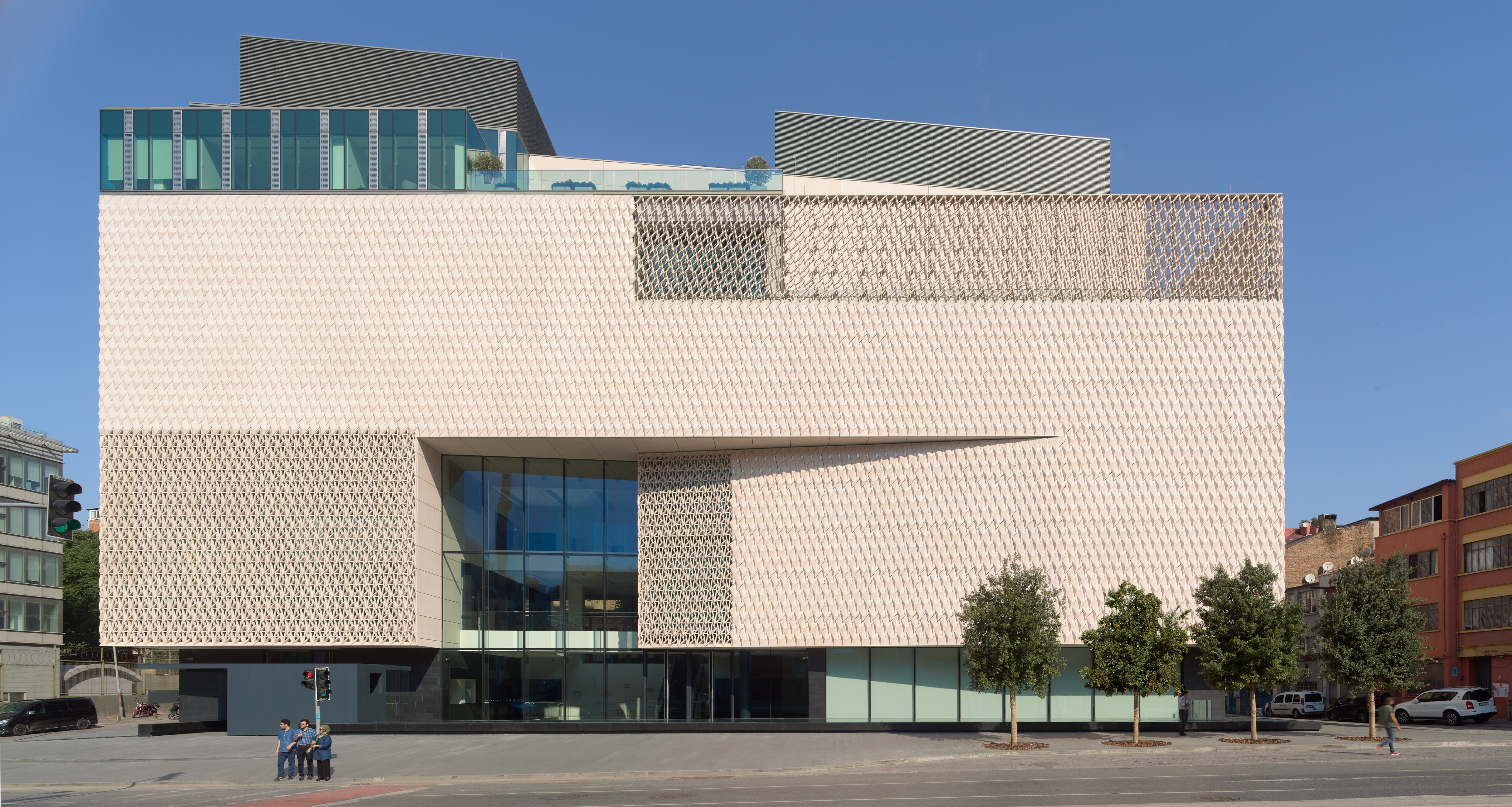 Arter is Istanbul’s first home for a permanent collection of contemporary art
Arter is Istanbul’s first home for a permanent collection of contemporary artBy Tom Seymour
-
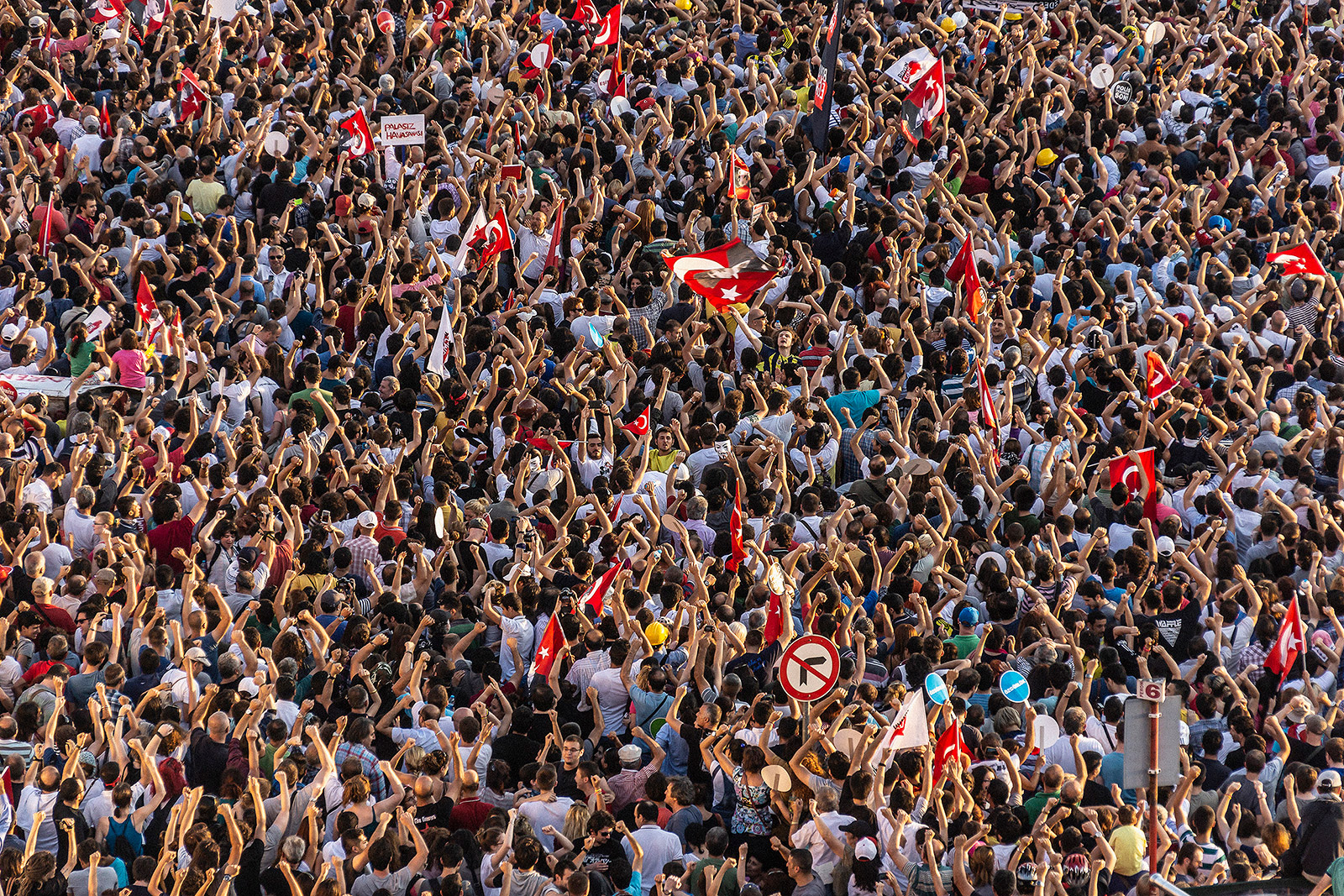 Amid populist turbulence, Istanbul’s art scene is forging defiantly ahead
Amid populist turbulence, Istanbul’s art scene is forging defiantly aheadThe city’s cultural cachet is rising, buoyed by the 16th Istanbul Biennial, Contemporary Istanbul art fair and the unveiling of Arter museum
By Tom Seymour
-
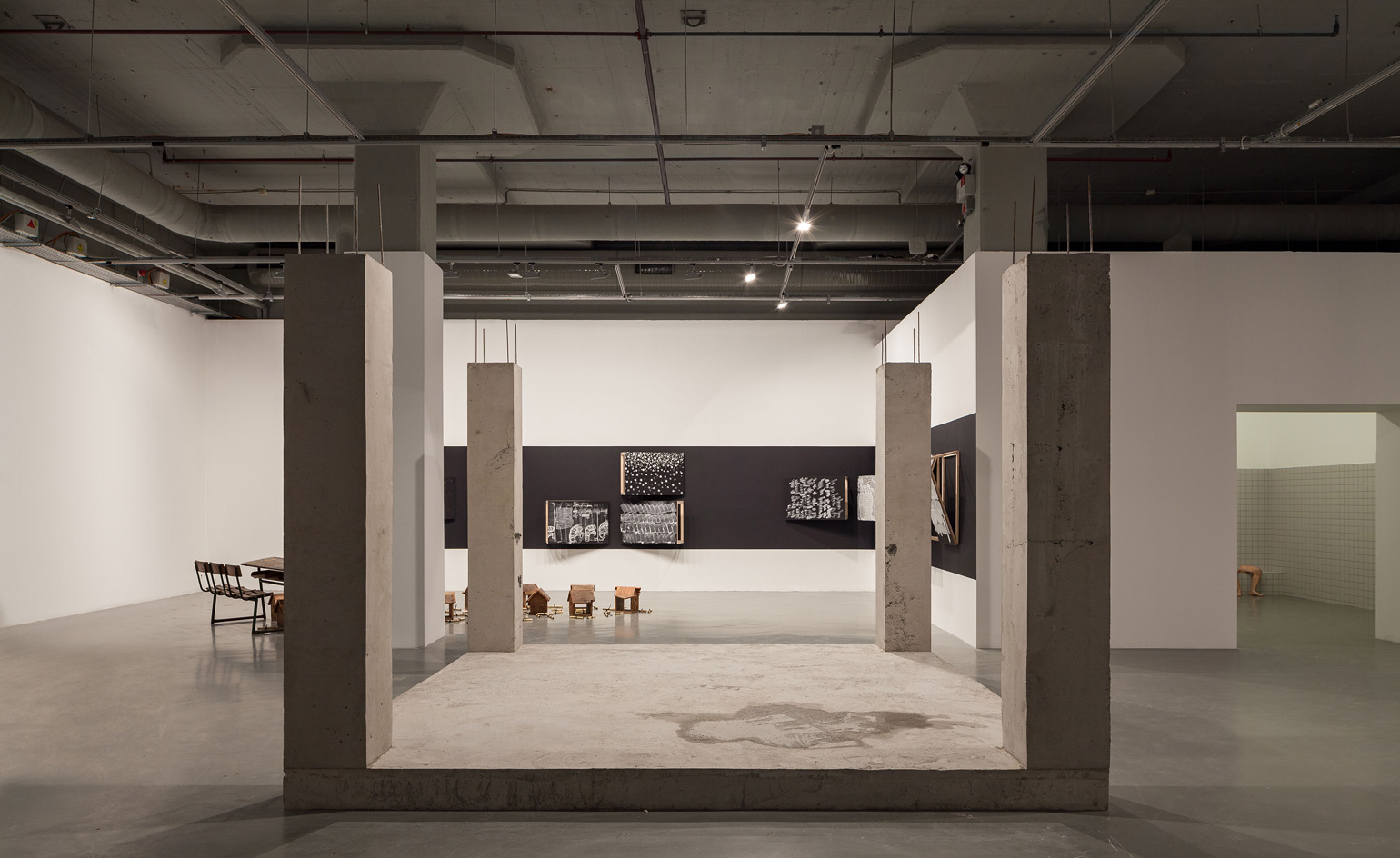 Elmgreen & Dragset bring a different perspective to Istanbul’s art scene
Elmgreen & Dragset bring a different perspective to Istanbul’s art sceneBy Charlotte Jansen
-
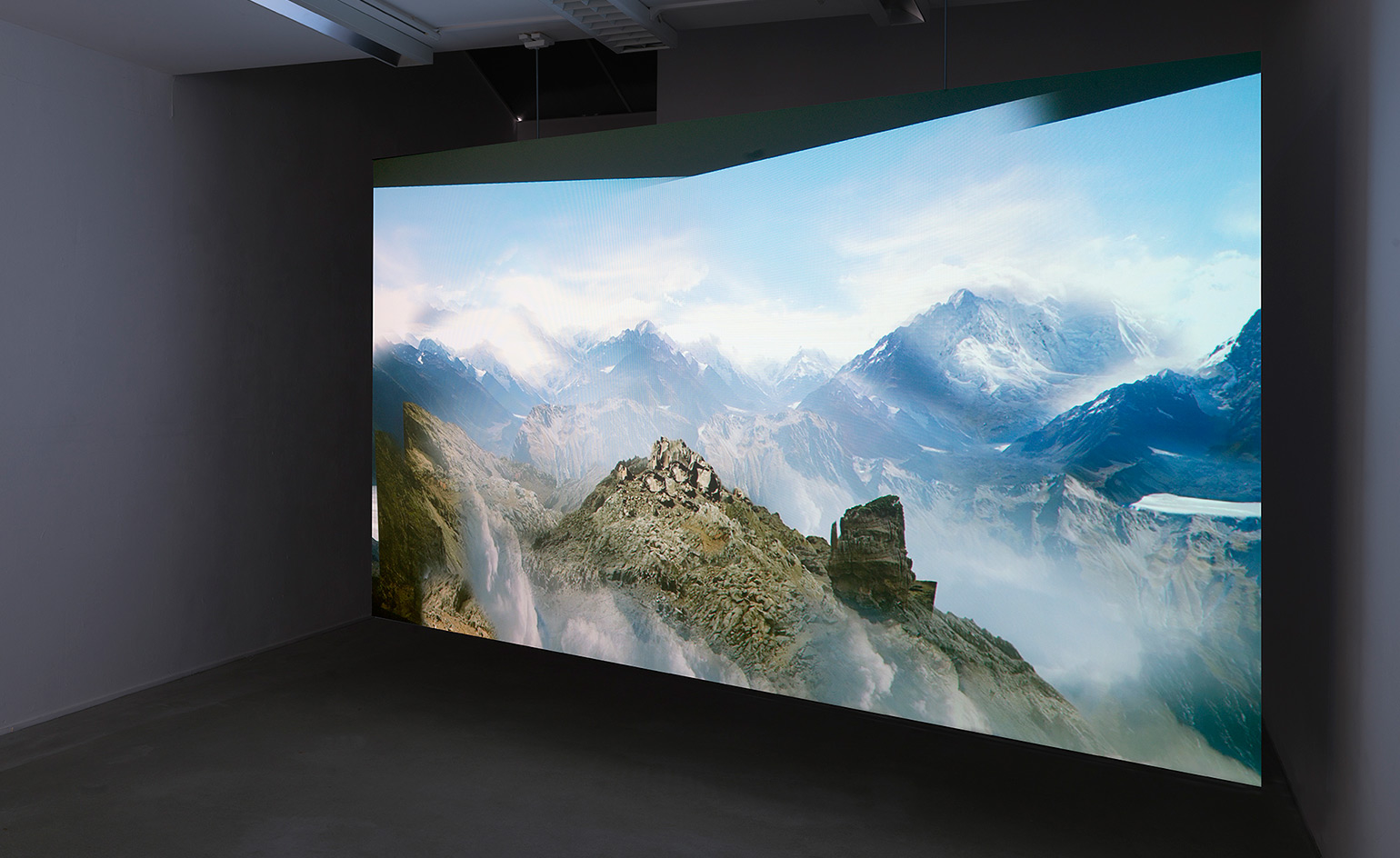 Censor and sensibility: Contemporary Istanbul courts controversy at its 11th edition
Censor and sensibility: Contemporary Istanbul courts controversy at its 11th editionBy David Paw
-
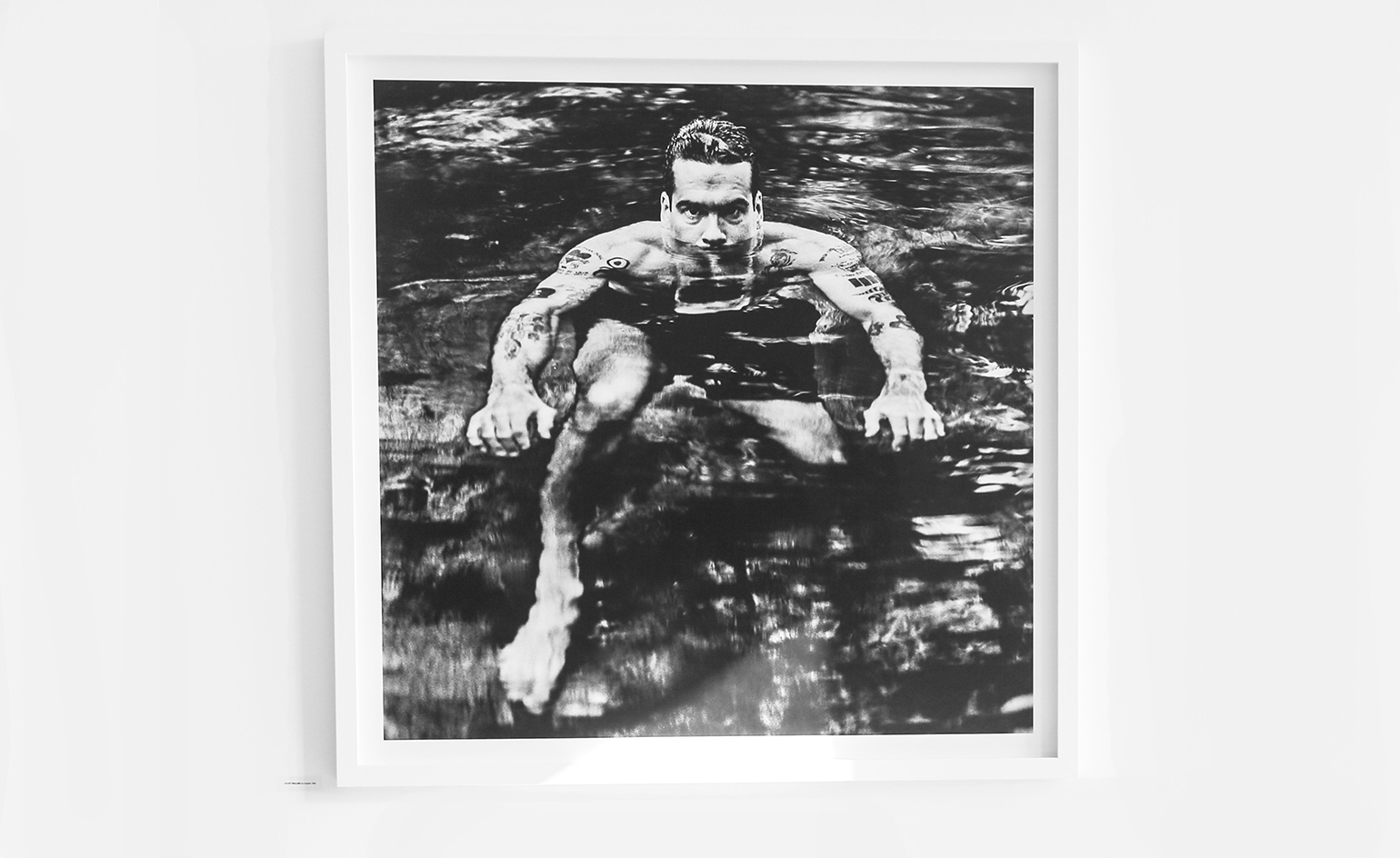 Vibrant voices: exploring the buzz around this year’s IST Festival in Istanbul
Vibrant voices: exploring the buzz around this year’s IST Festival in IstanbulBy Siska Lyssens
-
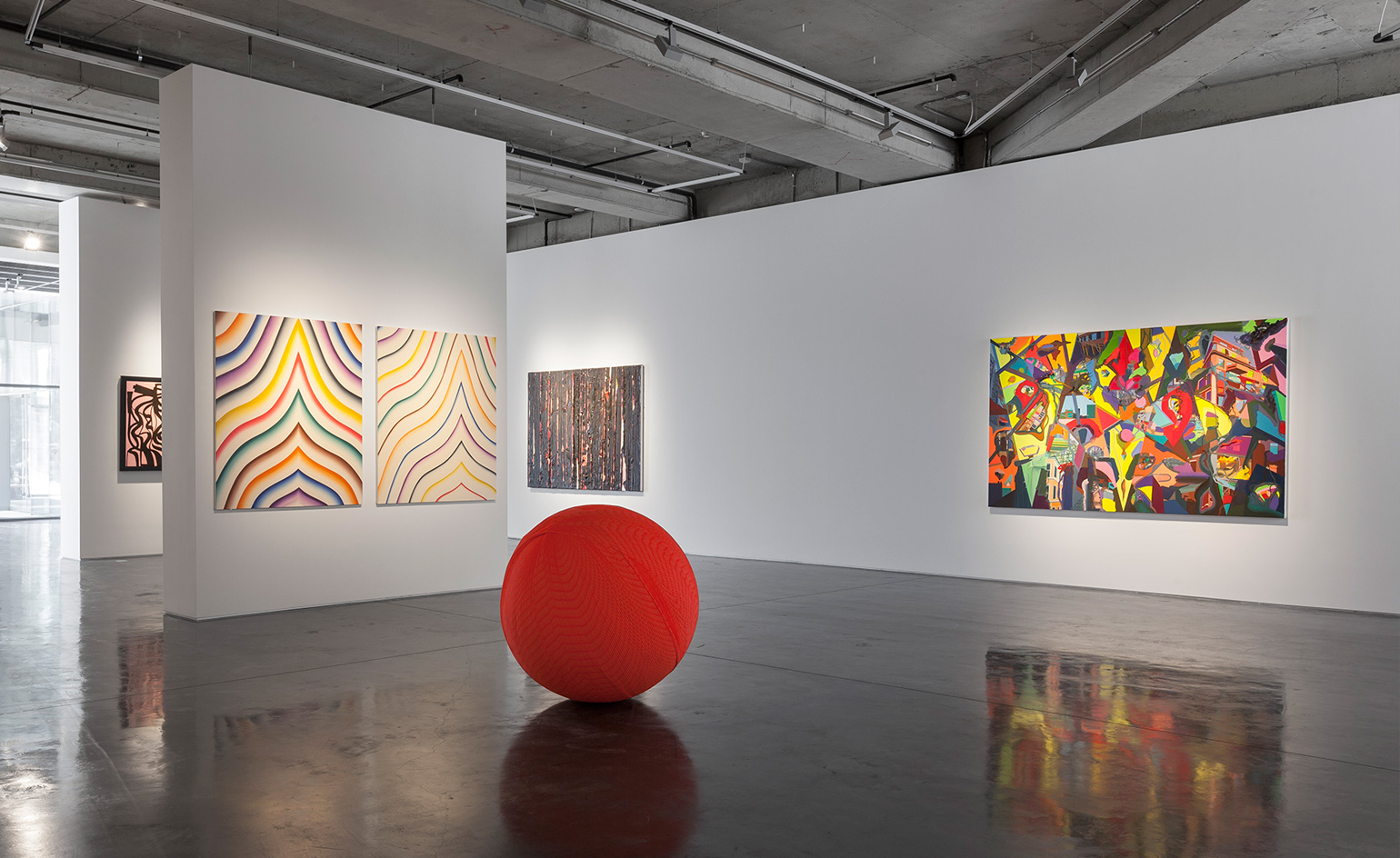 Istanbul gallery Dirimart inaugurates new space designed by Studio MDA
Istanbul gallery Dirimart inaugurates new space designed by Studio MDABy Jessica Klingelfuss
-
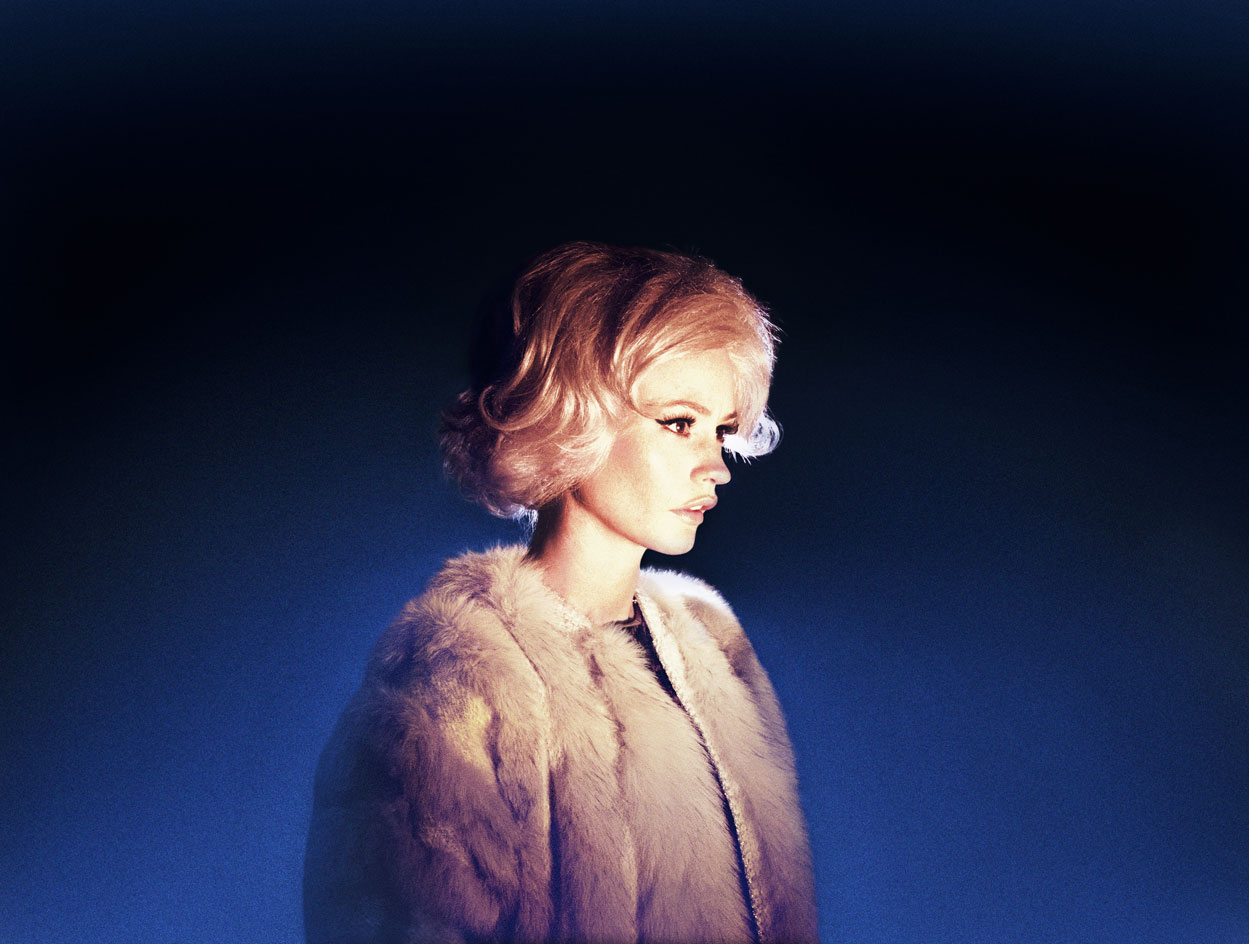 Hollywood glam: Alex Prager takes on Istanbul’s Arts and Culture Festival
Hollywood glam: Alex Prager takes on Istanbul’s Arts and Culture FestivalBy Ann Binlot